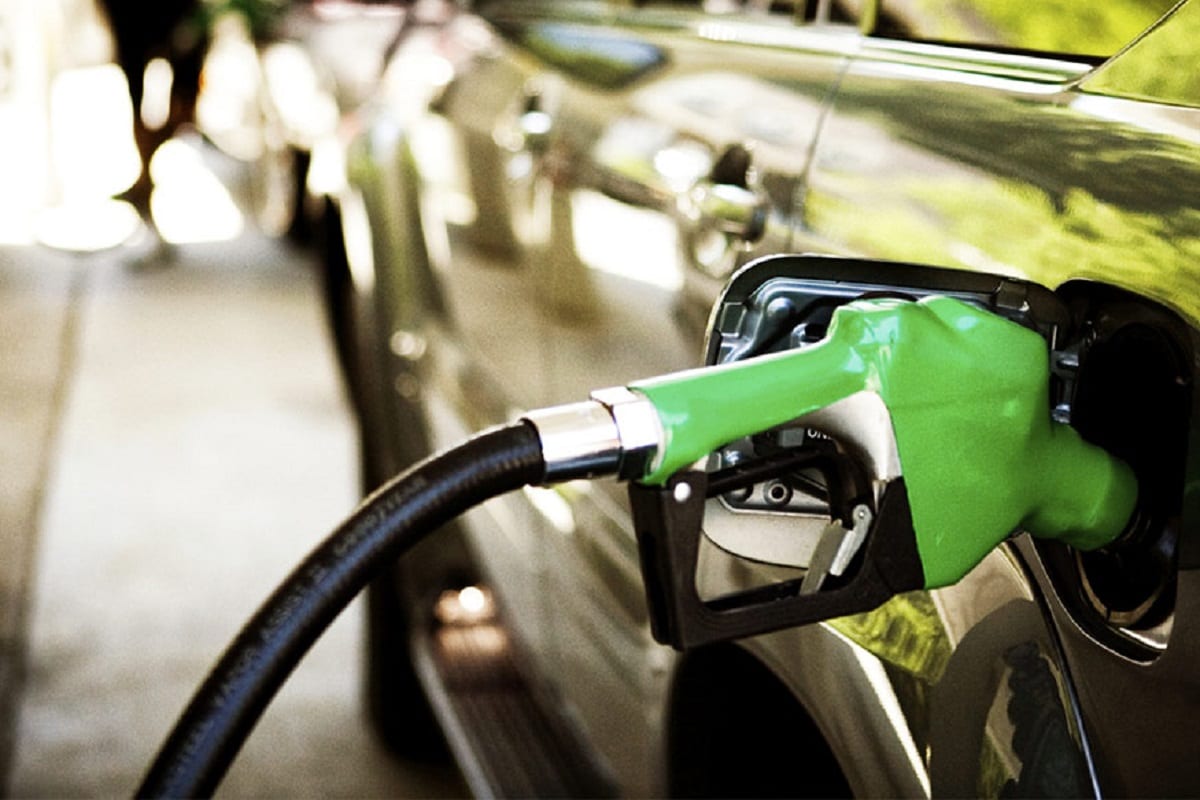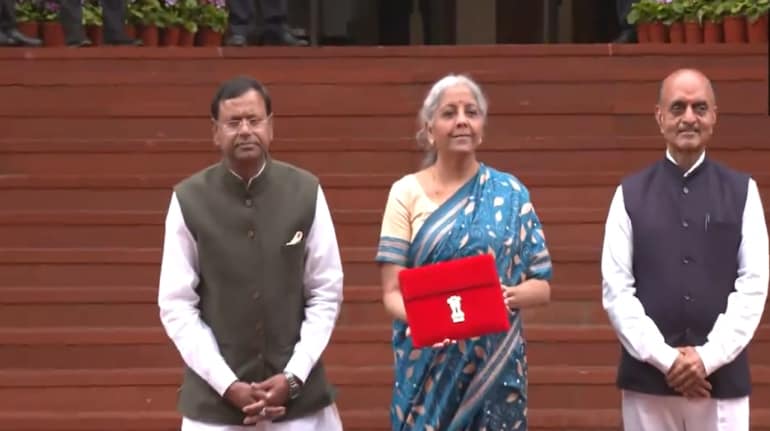
The cost of petrol is at a record high in Mumbai, where you can buy a litre now for about Rs 101. In Delhi, the price is approximately Rs 95/litre after the latest hike in petrol rates by the state-run oil marketing companies (OMCs). As prices went through the roof, the Reserve Bank of India (RBI) pitched in with suggestions for reining in the surge. The central bank flagged the taxes levied on fuel by the Centre and the states as the main factor driving the rise in rates.
A Complicated Formula
India imports the bulk of the fuel it needs. The price of the crude oil, from which petrol and diesel are obtained, is set internationally by the Organisation of Petroleum Exporting Countries (OPEC). India buys crude oil at the rate decided by OPEC. But even when crude oil prices drop, consumers in India keep paying high prices for petrol and diesel. What explains that?
It is true that India imports crude oil that it then refines before sale at petrol pumps. But the cost of refining and marketing this oil is not what determines fuel prices. Instead, what happens is that the price is set as per a formula called the Trade Parity Pricing (TPP). There is an 80:20 ratio at work. Eighty per cent of the value of the fuel sold in India is tied to the price of the actual fuel, and not crude oil, in international markets while the remaining 20% is per the assumed price if India was exporting this oil. Sound complicated? It sure is, but critics cite this to point out that the cost of refining and marketing the crude oil in India has nothing to do with the actual price of fuel at pumps.
So, What Goes Into The Price Of Auto Fuel?
Here’s a break-up of the actual pump prices to give you an idea of the elements that add up to give you the price of petrol. Price of petrol varies across states because they levy an excise duty on its sale. So, let’s take Delhi as a case in point.
Petrol was at Rs 92.58/litre on May 16 in Delhi. According to Indian Oil, its base price wass Rs 34.19. On it was added a freight levy Rs 0.36. Which means that dealers pay Rs 34.55 for petrol. Now comes the government levies: The Rs 34.55 that a dealer pays for petrol does not include excise duty or VAT. Excise levied on petrol is Delhi amounts to Rs 32.89 while the dealer commission is Rs 3.77/litre. On top of it, VAT — which stands at about 22% in Delhi — of Rs 21.36 is added. This gives us the final selling price of petrol of Rs 92.58/litre.
According to an Indian Express report in December last year, state and central taxes add up to 180% of the base price of petrol and 141% of the base price of diesel in Delhi. The report added that taxes on the final price of fuel amounted to 65% in Germany and Italy and only around 20% in the US.
But Why Do The Prices Keep Changing Daily?
That’s because of the ‘daily pricing’ system that was introduced in 2017. Upto that time, the three main OMCs — Indian Oil, Bharat Petroleum, and Hindustan Petroleum — used to review retail fuel prices periodically and typically revised them every fortnight. However, they brought in the daily, or dynamic, pricing system with a view to be more in tune with the international markets and avoid losses due to fluctuation in global crude oil prices. The daily pricing is set according to a 15-day rolling average international rate. Under this system, the selling prices of fuel at the pumps is revised daily on the basis of ths average international price and currency exchange rate.
If Prices Are Linked To Markets, Why Don’t They Fall During A Slide Globally?
For this we have to thank taxes, which are levied on fuel by both the Centre and the state governments. Fuel is a cash cow for the government and it uses it to shore up its revenue earnings. So, as prices fell during the pandemic before recovering again, the consumer in India did not benefit from the slump but had to bear the brunt of the rise. In the months of March and April last year, when international crude prices had crashed amid lockdowns across the world, OMCs froze the revision in fuel prices for 82 days. Thus, consumers did not benefit from the drop in prices. But when prices started rising, the increase was passed on to consumers.
According to the Indian Express report, the Centre hiked excise duty on petrol from Rs 19.98/litre at the beginning of 2020 to Rs 32.98 by the end of it while excise duty on diesel went from Rs 15.83/litre to Rs 31.83 over the same period. It added that a number of states also upped taxes on petrol and diesel to meet revenue targets.
Madhya Pradesh, Rajasthan levy over 30% VAT — the highest among states. The dealer’s charge is different for petrol and diesel. The commission also varies with the location of fuel pumps, ranging from Rs 2-4 per litre. All this makes for high petrol and diesel prices in India compared with other major economies.
Read all the Latest News, Breaking News and Coronavirus News here
Lockdown Or No Lockdown, Why Petrol And Diesel Prices Keep Going Up - News18
Read More

No comments:
Post a Comment